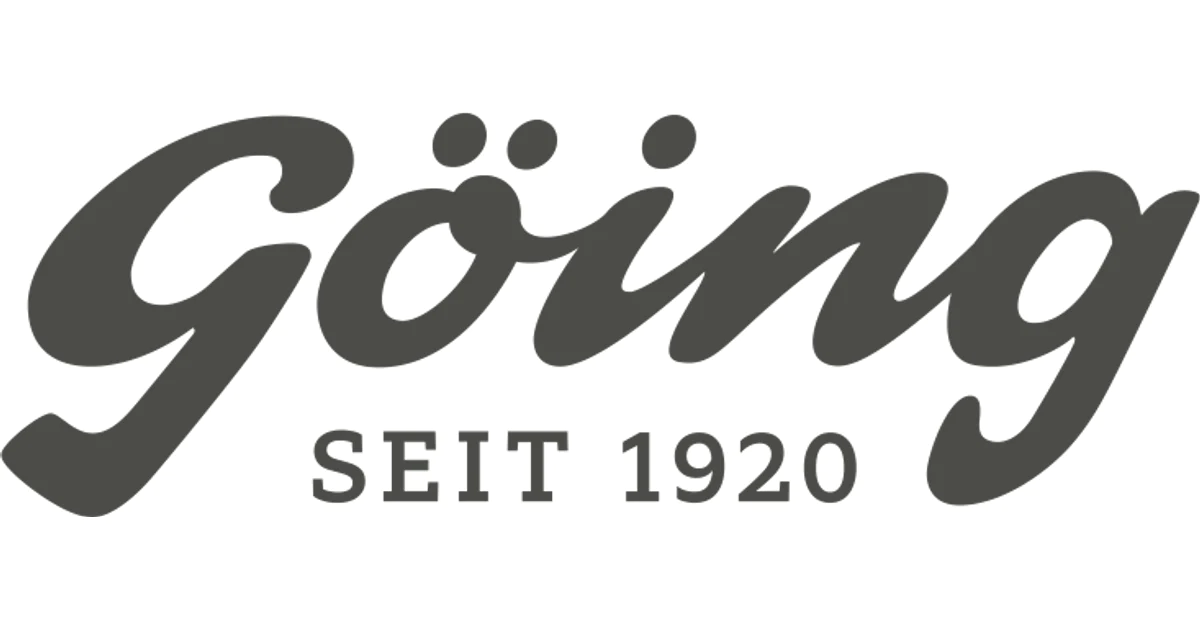Centralized and decentralized procurement in comparison
The terms centralized procurement and decentralized procurement (or centralized purchasing and decentralized purchasing) refer to two different organizational forms of procurement in companies. Both models have specific strengths and weaknesses and influence the efficiency, cost structure and flexibility of purchasing processes differently.
What is centralized and decentralized purchasing?
With centralized purchasing, the procurement of goods and services is managed centrally by a higher-level unit or department. This enables a uniform purchasing strategy, bundled negotiations and comprehensive control over purchasing volumes and costs.
In contrast, decentralized procurement distributes responsibility across several locations or departments within the company. This allows local requirements to be identified more quickly and decisions to be made more flexibly - albeit often at the expense of overall efficiency.
Differences between centralized and decentralized procurement
The main difference lies in the organization of the decision-making processes:
- Central purchasing: bundling all procurement activities at one point → better control, greater negotiating power
- Decentralized purchasing: distribution of purchasing responsibility to various organizational units → greater flexibility, local proximity
Advantages of decentralized purchasing
Decentralized procurement offers companies a number of strategic advantages:
- Flexibility: faster response to regional market conditions
- Specialization: Use of local market knowledge and supplier relationships
- Motivation: Greater personal responsibility promotes employee commitment and decisiveness
Disadvantages of decentralized purchasing
The advantages are also offset by potential challenges:
- Less negotiating power: lack of volume bundling makes price negotiations more difficult
- Lack of transparency: less central control over purchasing behavior
- Inconsistent processes: Different approaches can lead to inefficiencies
Advantages of central purchasing
Central purchasing offers considerable economic and organizational advantages:
- Cost benefits through bundled orders and better conditions
- Uniform purchasing processes and standardized contracts
- High transparency through centralized control of all expenses
- Strategic purchasing with clear overall responsibility and long-term supplier loyalty
Disadvantages of central purchasing
Despite many advantages, centralized purchasing also has its limitations:
- Less flexible for regional requirements
- Longer decision-making paths due to centralized structures
- Less autonomy for individual locations or departments
Decentralized filing as a parallel to decentralized procurement
Similar to decentralized procurement, decentralized storage can also offer advantages - for example through greater flexibility, faster reactions to local requirements and increased personal responsibility at department level.
Conclusion: Centralized or decentralized purchasing - which is better?
The decision between centralized and decentralized purchasing depends heavily on the company structure, objectives and market conditions. Many companies today rely on hybrid models that combine centralized control with decentralized decision-making scope - in order to make the most of the advantages of both approaches.
Request a callback
We will be happy to call you back promptly to talk to you personally









